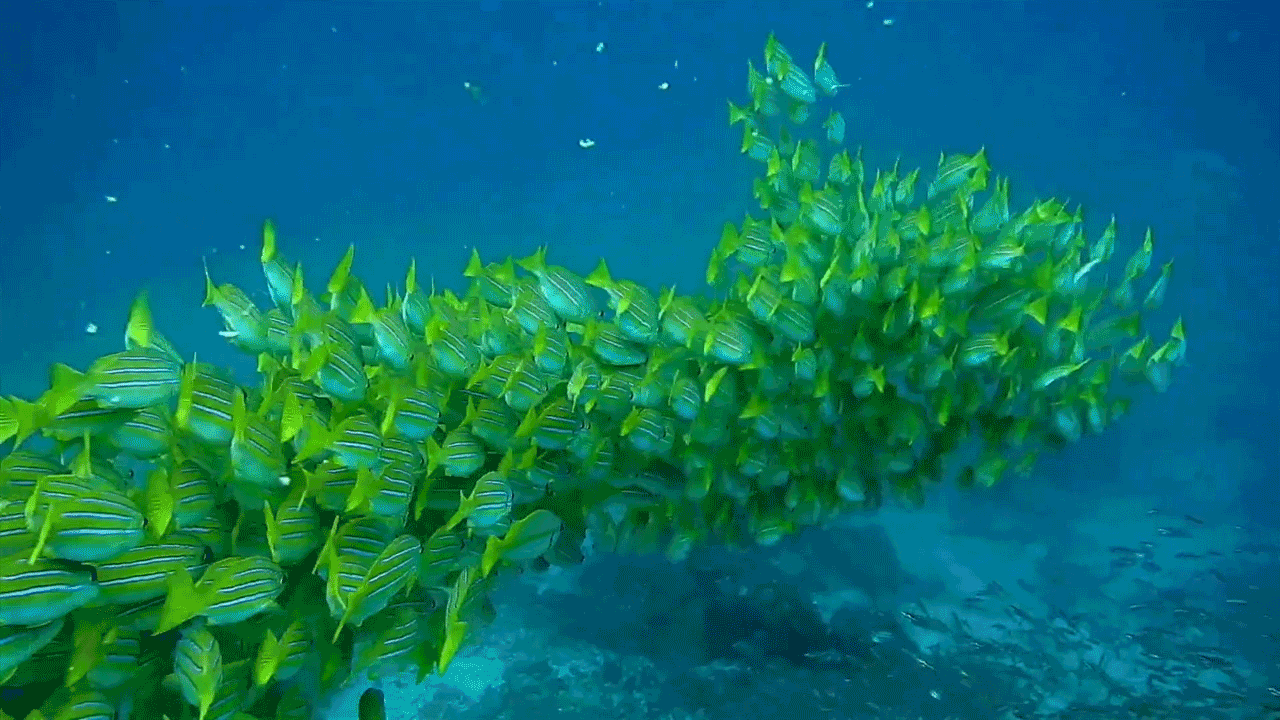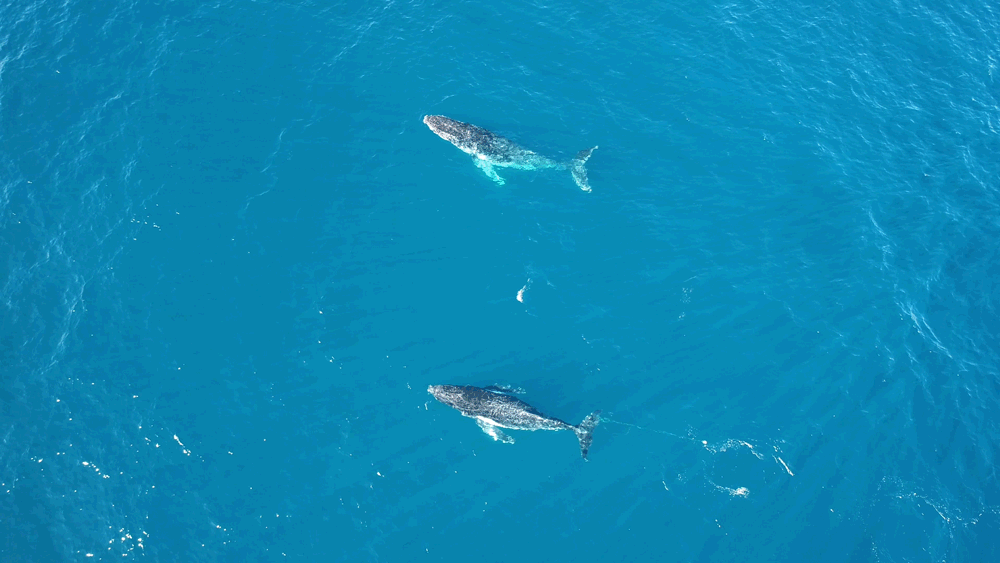Micro-world
Here we showcase some of our work on barnacles, diatoms and coral.
Often people assume that small organisms do not travel far, but that is simply not true. Planktonic algae, eggs and larvae can disperse with ocean currents for thousands of miles, connecting ecosystems, food webs and fragmented habitats like deep sea hydrothermal vents.
Traditionally larvae were thought to disperse as passive particles, but increasingly, scientists are realizing that often even limited swimming ability (e.g. moving up and down in the water column) can equate to vast differences in dispersal pathways.
Often a larger than expected fraction of coral reef fish larvae self-recruit to their parent's reef. How they find their way home is of great interest but some studies have shown how larvae and juvenile fish are attracted towards the sounds of coral reefs, opening up exciting opportunities to use soundscapes in reef restoration!
Meso-world
Fish schools are a beautiful phenomenon. Thousands of individuals all swimming together in perfect unison. They use the sensory pores in their lateral line to avoid bumping into each other. This example of collective navigation helps to protect them from predators and reduce energy expenditure.
See how our mathematicians model these movements and learn how they can help us understand crowd dynamics.
Macro-world
Here, we explore some of the most famous Ocean Travellers.
Salmon, turtles, whales, tuna and sharks undertake extensive migrations across ecosystems, ocean basins, countries and continents! These migrations have evolved over millenia to maximise fitness - tracking resources across shifting habitat mosaics, and returning to breeding areas that are most likely to improve the survival of their young. There would always have been dangers waiting for them along these energetically costly journeys.
However, during this period of unprecedented global change, the numbers of dangers they face and the barriers to migration are growing. They are also experiencing increasing frequency of episodic events that can reduce their survival and breeding success ('fitness').
At our exhibit you will be able to explore these concepts via tracks from tagged sharks and turtles that show their movements around the world in real time. You will also be able to play on a video game and learn about some of the barriers and stressors impacting the movements and survival of salmon, narwhals and turtles.
;)

























